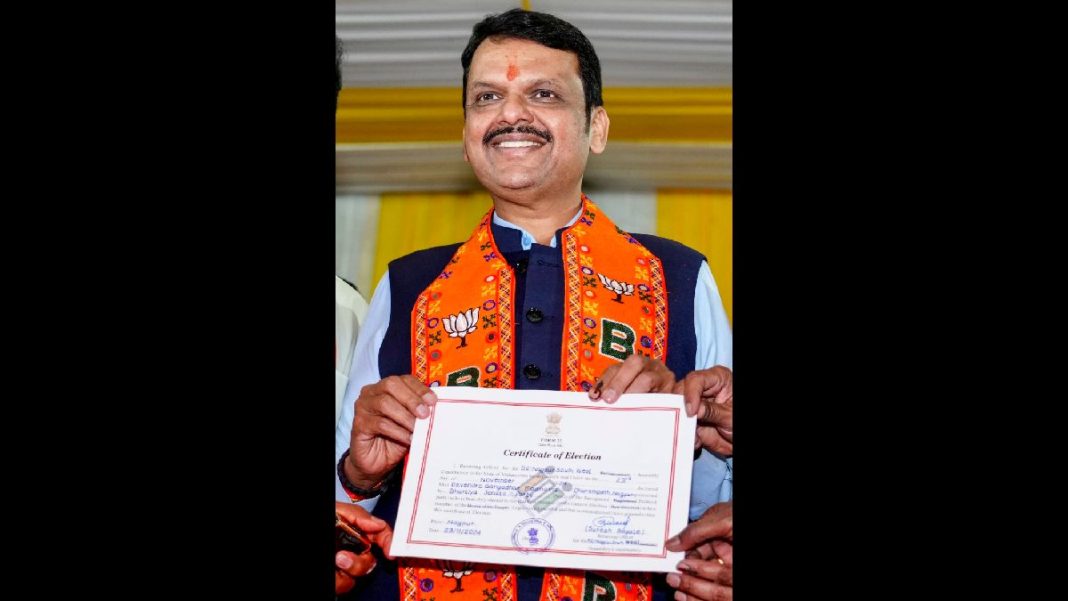The Indian Army has made significant strides in facilitating the participation of voters in the Maharashtra Assembly elections. In a concerted effort from November 17 to 20, the Army, in conjunction with partner forces, conducted an impressive 140 sorties over the span of 77 hours. This operation successfully transported 925 passengers and 8,385 kg of cargo to remote and Naxal-affected areas, ensuring that citizens in these challenging regions could exercise their right to vote.
As the elections took place on November 20, the subsequent results were announced on November 23. The logistics involved in the election process, especially in areas where terrain and security threats posed significant challenges, were effectively managed by the army’s strategic involvement. A senior army official highlighted that the operation was crucial in mobilizing essential resources alongside other security forces to support voter turnout.
To facilitate the movement of election officials and logistics, including Electronic Voting Machines (EVMs), two Advanced Light Helicopters (ALHs) were deployed. These helicopters provided transportation to areas that are typically inaccessible by conventional means due to poor surface connectivity. The meticulous planning and execution of flights ensured that the election process carried on smoothly in even the most difficult and remote locations.
During the operational period, the Indian Army itself executed 17 sorties, dedicating around 22 hours of flight time and successfully moving 124 passengers. Following the elections, during the de-induction phase from November 20 to 21, combined forces conducted 56 sorties over 23 hours, transporting 408 passengers and 6,980 kg of cargo. The Indian Army contributed nine sorties in this phase, accounting for 10 hours of flight time and carrying 73 passengers.
The helicopters’ deployments included transportation to several key locations, such as Sawargaon, Gyarapatti, Muramgaon, and Katezari—all areas that have been significantly influenced by Naxalite activity. The airlifts to these locations were pivotal in ensuring that electoral processes were upheld, emphasizing the army’s critical role in the support of democratic processes.
Overall, the successful execution of these operations demonstrated the army’s commitment to ensuring that every citizen, despite their geographic constraints, had the opportunity to participate in the electoral process. By bridging the gap between remote locations and the central electoral machinery, the Indian Army played an essential role in strengthening the democratic fabric of the region.
Discover more from SSBCrack
Subscribe to get the latest posts sent to your email.








